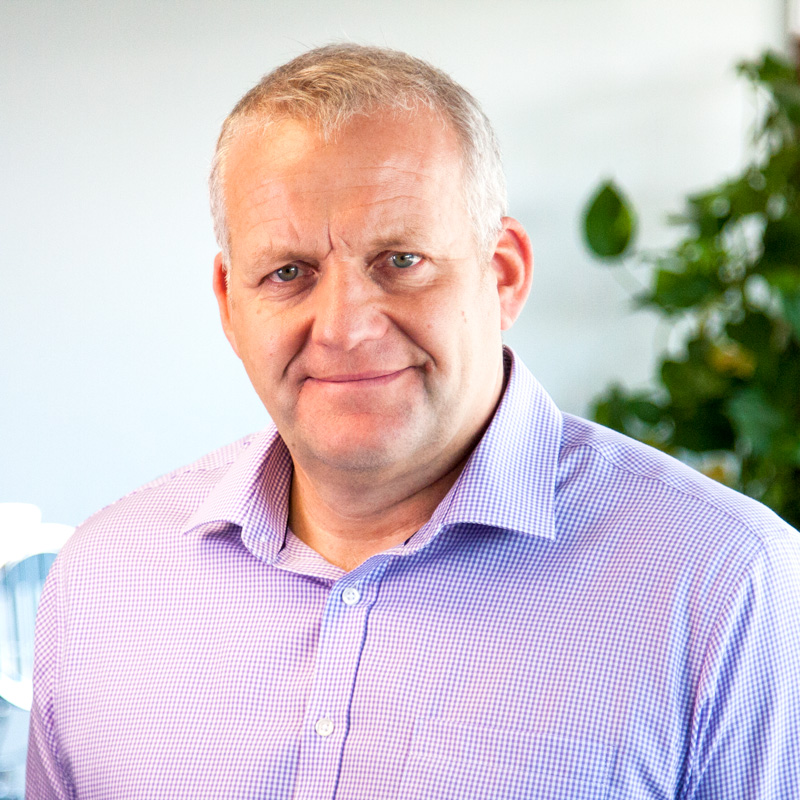Digital-first to solve employee induction challenges
The latest OFCOM report[1] showed that a third (33%) of internet users now turn to their smartphone before any other device to go online, compared to 22% in 2014. We live in a ‘smartphone society’, with 2 billion consumers (globally) to get smartphones by 2016 and over half of mobile phone users to have smartphones by 2018[2]. So it’s no surprise that this move to the smartphone has filtered into employee training.
People are tech-savvy, and turning to your phone to research or ask a question is a key part of life. With more searches come from smartphones than from computers[3], you can be sure that amongst those are the classic ‘how to’ searches, another example of how people are learning independently. It’s not just millennials, either. Brain training on gaming devices and smartphones are a popular way for the older generation to keep their mind active.[4]
We provide a huge amount of Advanced Digital Learning to, among others, the maritime industry and have seen the rapid expansion of using devices as the ‘go to’ source for training.
Take the cruise industry, which faces numerous training challenges, including having a global workforce which regularly moves around different companies and ships. For each move, they need content for health and safety training, employee induction and orientation.
Employees need an offline solution to learning which they can use on-the-go. With so much of the crew needing to contact home, they all have smartphones. Downloading an app means they can complete modules and assessments in their own time, and not worry about uploading it until they have access to wifi. Those that have wifi could even have the opportunity to access in-app discussion groups, so peer-to-peer encouragement and learning is easily facilitated.
Take a look at this from My Thomson App, initially designed to countdown to a holiday, but has been developed to include checklists, the opportunity to increase legroom on a flight and check the weather at their destination. It’s easy to see how this type of experience lends itself to the induction training. For a global crew, we could count down to their trip, reminding them what flight they’re on and the temperature at their destination. This could be on a ship, at an oil rig or at a facility.
With more than a third of adults checking their smartphone within five minutes of waking up (this rises to over half for 18-24 year olds)[5], who’s to say that a lively, positive push notification from their training programme won’t motivate employees to do a module after breakfast? It certainly works for gym apps like Gym Coach or Workout Trainer.
We think this app could revolutionise the training side of the industries such as pharmaceutical, travel, retail. It would be incredibly easy to track how people are finding the app as well as their assessment scores. Not to mention, it solves reoccurring challenges like expensive training costs and disengaged learners.
[1] http://stakeholders.ofcom.org.uk/market-data-research/market-data/communications-market-reports/cmr15/uk/
[2] http://www.emarketer.com/Article/2-Billion-Consumers-Worldwide-Smartphones-by-2016/1011694
[3] https://www.thinkwithgoogle.com/articles/i-want-to-do-micro-moments.html
[4] http://www.dailymail.co.uk/sciencetech/article-3175972/Never-suffer-writers-block-Smartphone-app-imagination-creative-boost.html
[5] http://www.theguardian.com/technology/2015/aug/06/smartphones-most-popular-way-to-browse-internet-ofcom
